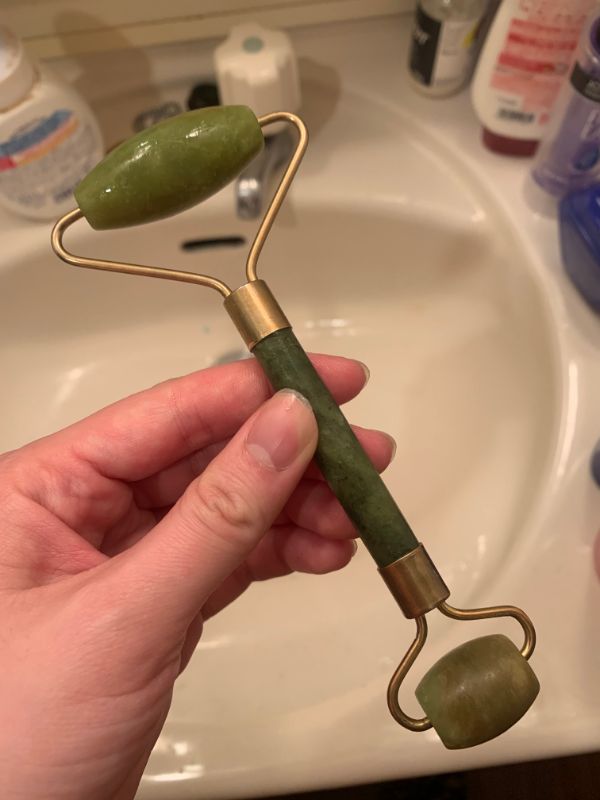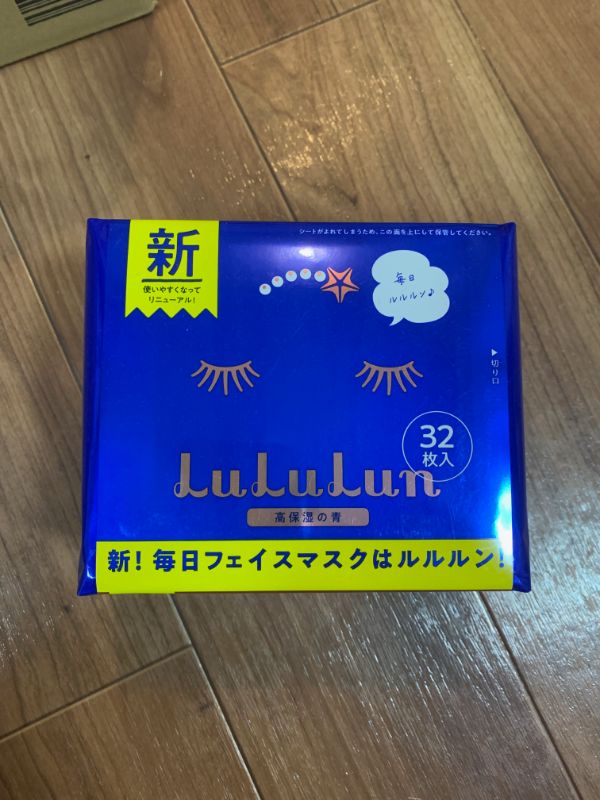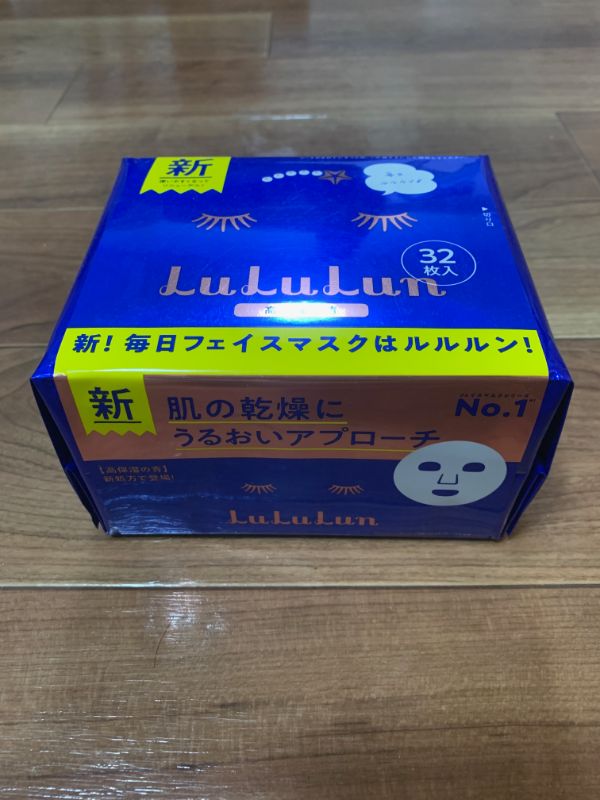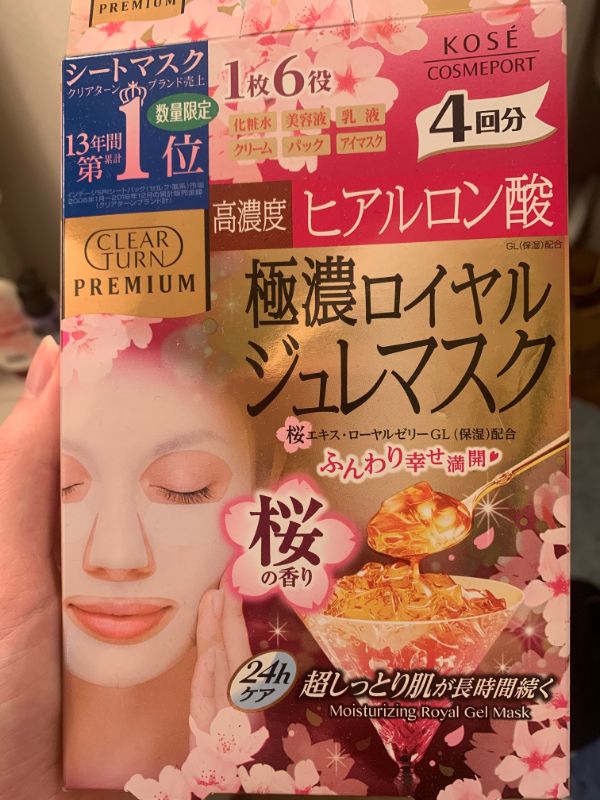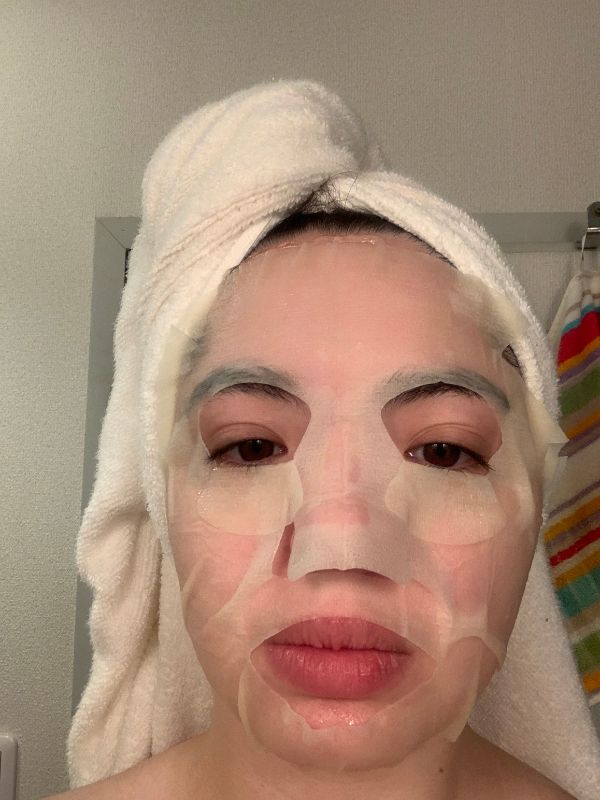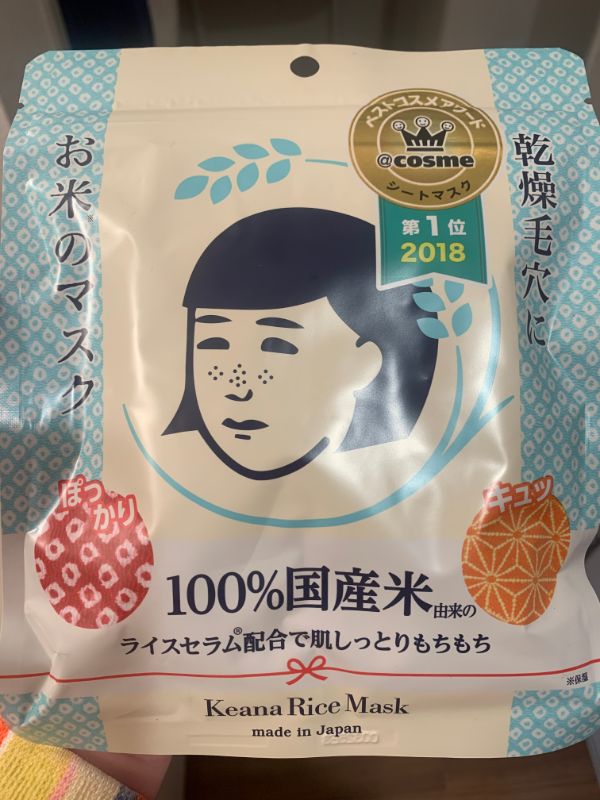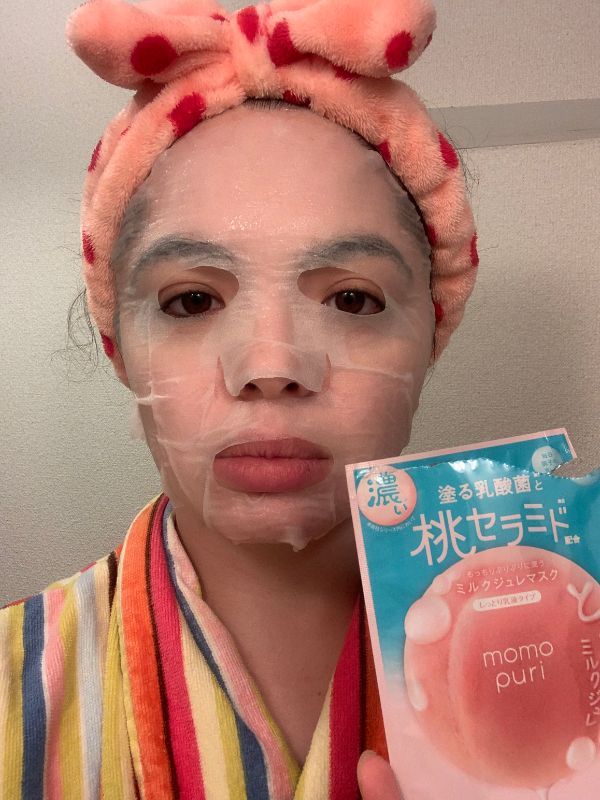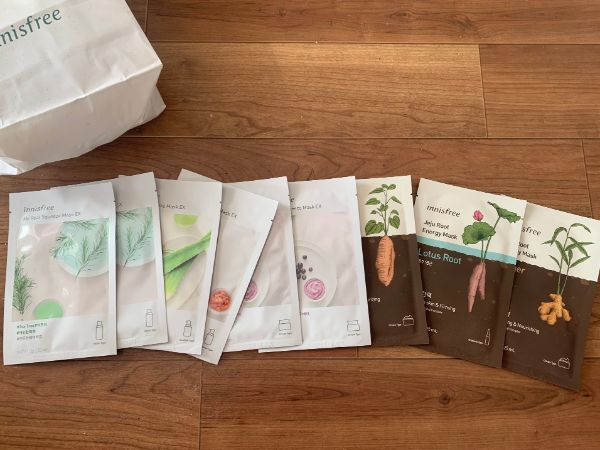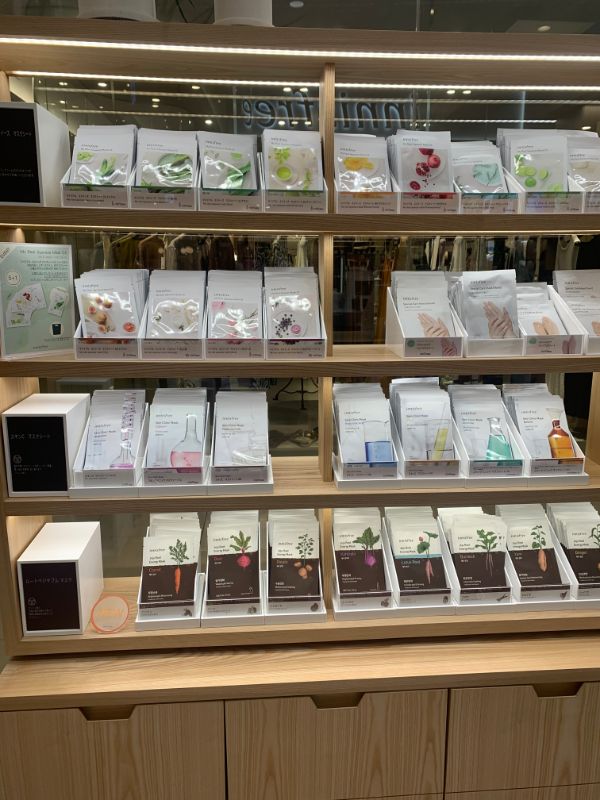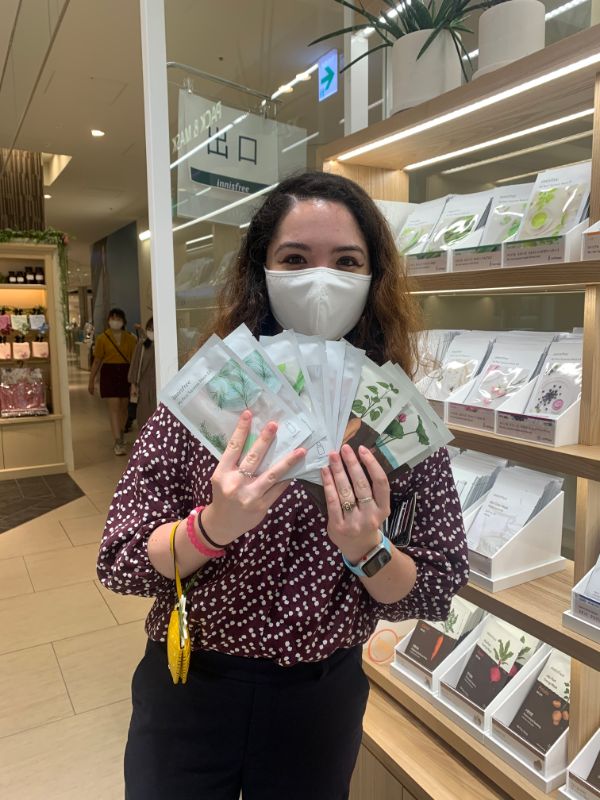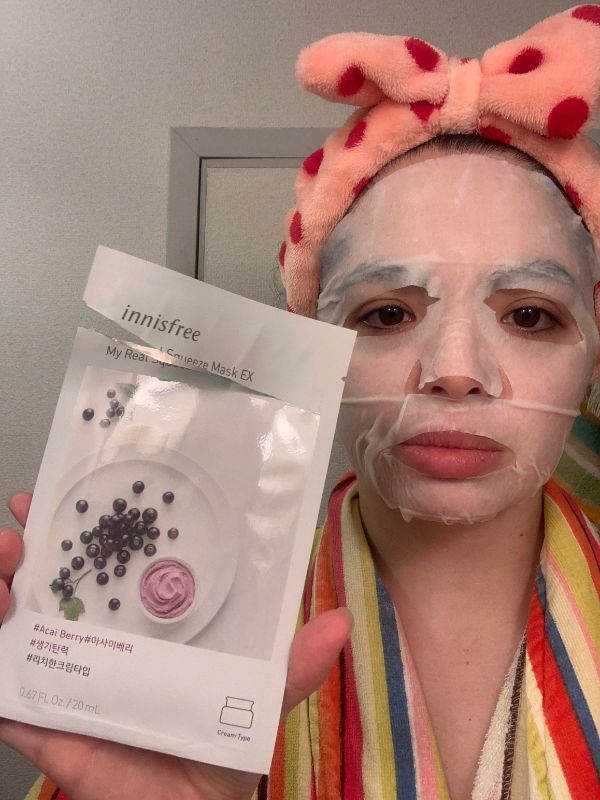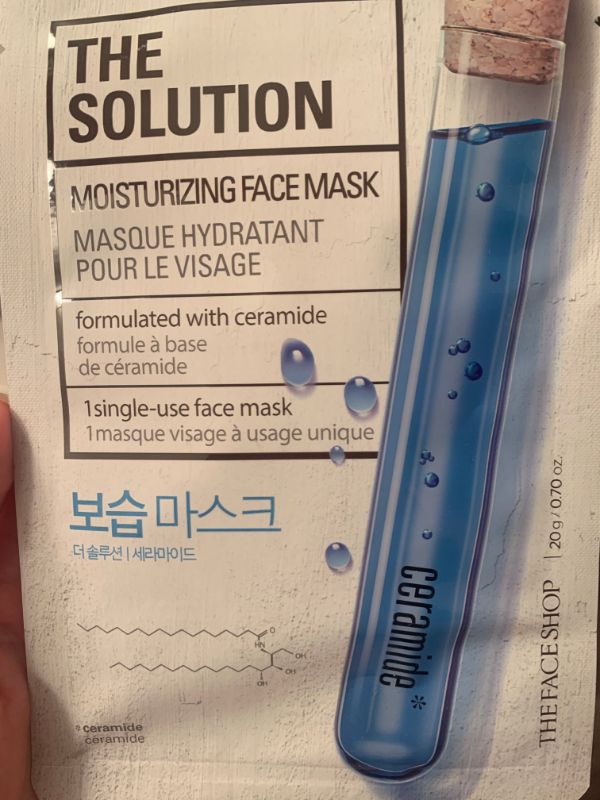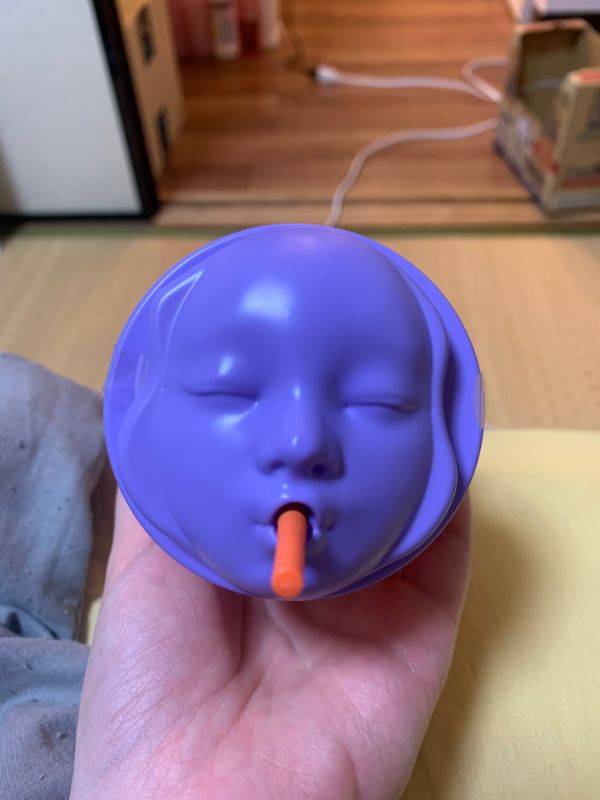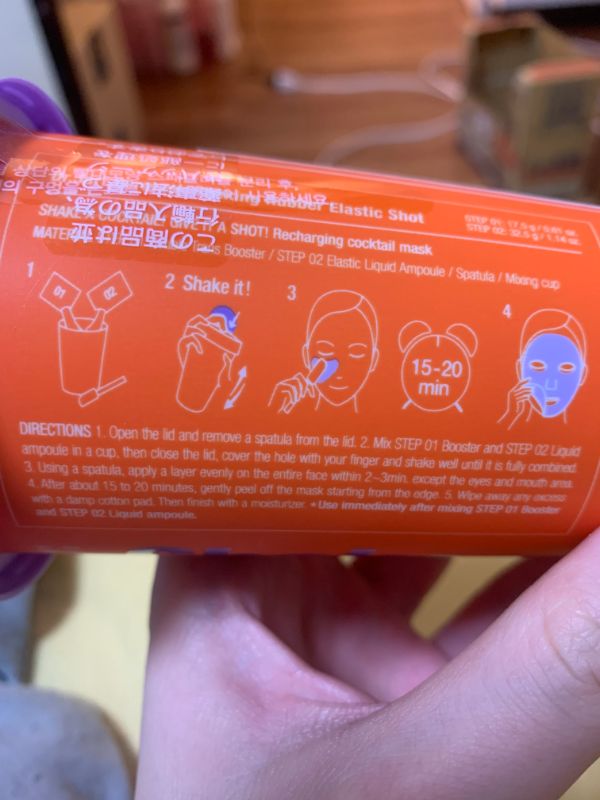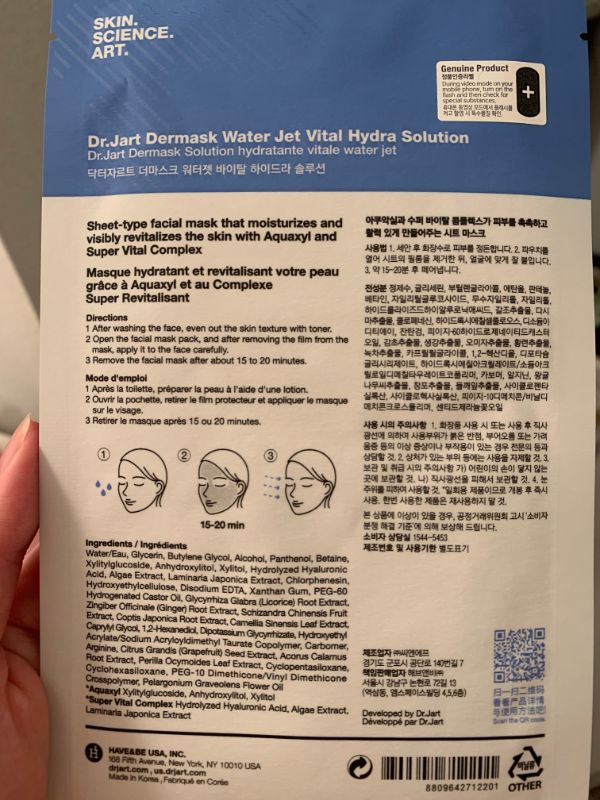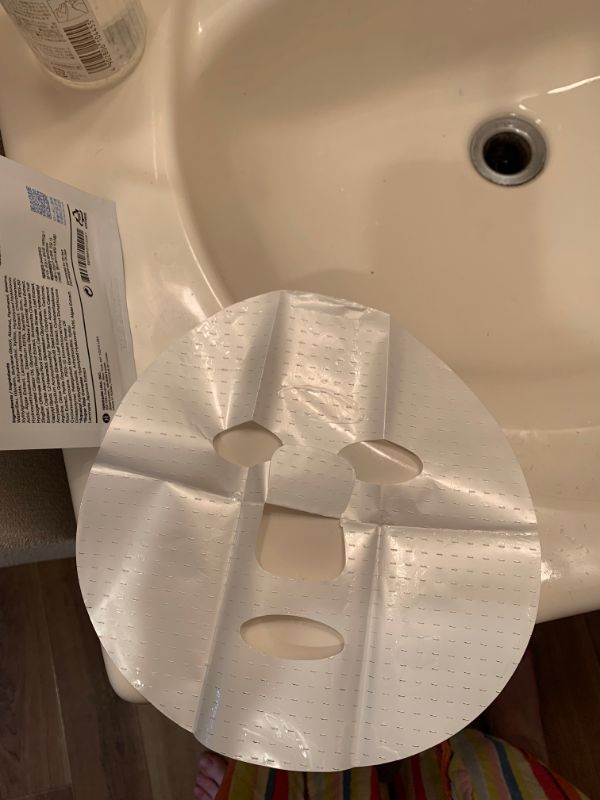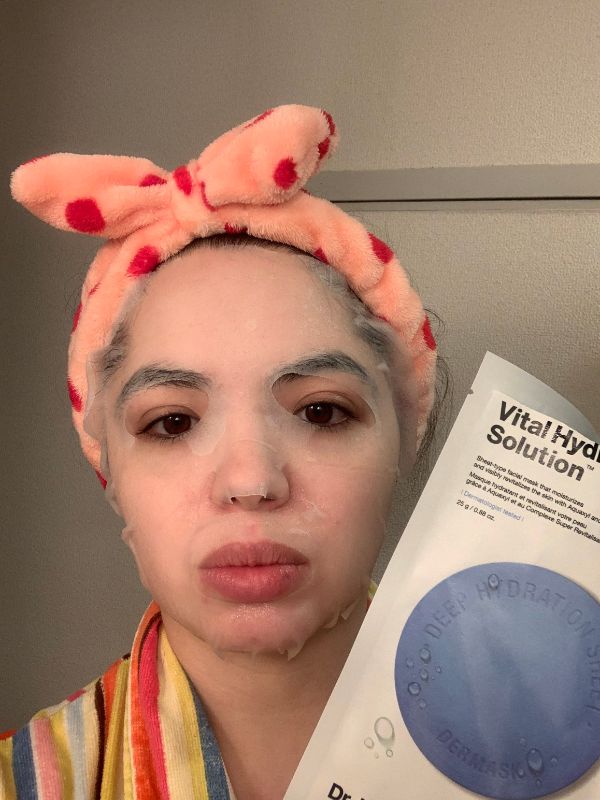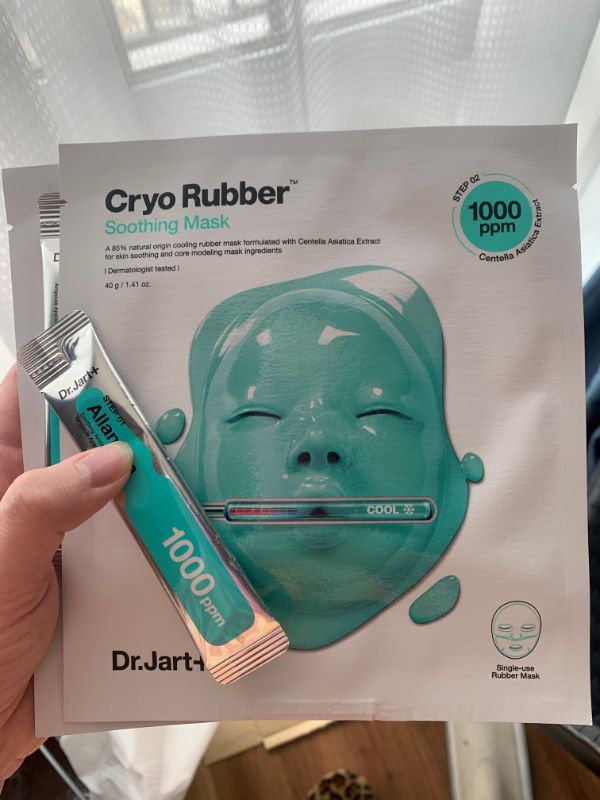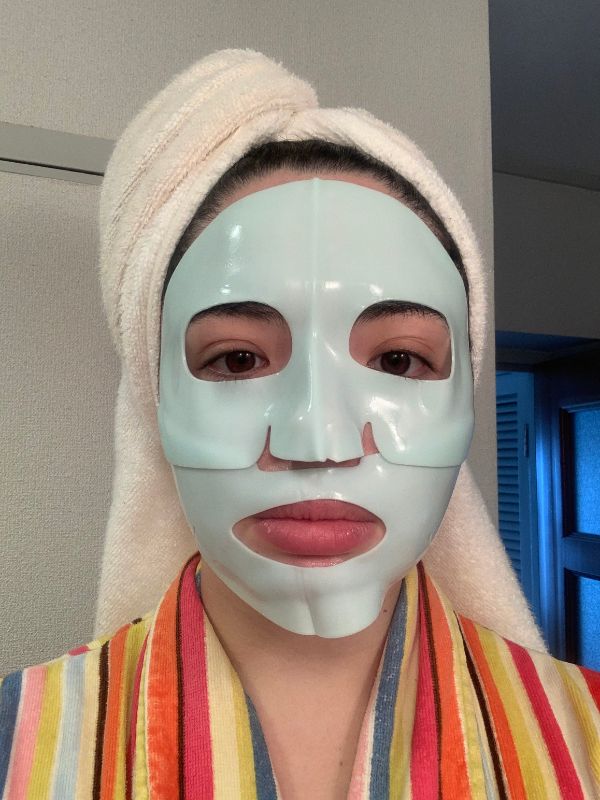Note: I originally wrote this for my company’s blog, ChuMedia Hub.
What comes to mind when you first think of Japanese beauty? A classic image of a woman with black hair, white skin, and red lips? The traditional color palette—black, white, and red.
The Japanese have an old saying, “a fair complexion hides seven flaws,” which has remained relevant throughout their history, all the way up to today. The same beauty standards from the past find themselves still relevant today, but with a contemporary twist. Whitening products line beauty stores in Japan, with the promise of lightening and whitening one’s skin. I’ve noticed that big global brands like Chanel tote whitening products for their Asian market as well. When I went to purchase more perfume at a Chanel boutique, I was gifted samples from their whitening product line. I ended up giving them to a Japanese friend of mine. I have sensitive skin and I’m not sure how my skin would react to products like that. I also don’t care about having white skin; my skin is already pretty white.
While many traditional Japanese beauty standards have withstood the test of time, there are also those that didn’t. Let’s take a look.
White Skin
White skin is a Japanese beauty standard that has remained prevalent throughout most of Japan’s history and continues to dominate the landscape today. During the Nara period (710-794), women would apply a white powder to their face called oshiroi, which continued into the Heian period (794-1185) as a symbol of beauty. However, only noble Heian women had access to cosmetics, so anyone who was not an aristocrat was excluded from this practice and status symbol. References to the striking beauty of white skin can be found in the diary of Lady Murasaki and the Tale of Genji.
During the Edo period (1603-1868), the culture of white skin was extended to commoners, but an emphasis was put on a more natural look. A beauty manual titled “Miyako fūzoku kewaiden” (A Handbook of Cosmetics in the Capital) was published in 1813 and remained the go-to reference item on beauty through the next century. This handbook contained a range of skincare techniques for making the skin beautiful and white. These techniques ranged from facial cleansing, herbal treatments for acne, facial packs made from lead oxide, rice bran as a facial exfoliant, and even the use of collagen as a facial pack.
The natural look that women in the Edo period tried to achieve was more of a polished and translucent white skin tone. Every day, a great deal of time was spent on applying makeup and cosmetics that accentuated the natural beauty of the skin. The handbook described how oshiroi should be repeatedly applied and removed by rubbing the cheeks with a towel to make the skin resemble porcelain. Some women would even apply white powder to their ears and neck as well, intentionally leaving some areas untouched to create a contrast between the white makeup and naked, natural skin.
Wearing makeup was considered good etiquette and women were expected to be made up from the early morning until late at night, including bath time. Applying makeup was considered a private act, not to be seen by others. This may be the reason why it is rare to see Japanese women putting on makeup in public, contrary to their Western counterparts.
As Westernization hit Japan via the Meiji era (1868-1912) and the country was thrust into the modern world, heavily powdered white faces fell out of fashion. Western cultural influences were introduced and swept the nation clean. However, kabuki performers and geisha still wear this traditional white makeup today, so it has not gone extinct.
Image by Nicole Ene via Pixabay
Blackened Teeth
Ohaguro, the traditional blackening of the teeth, can be traced as far back as the Kofun period (300-538). However, it was the Heian period that saw it become more widespread amongst the aristocracy and introduced as a coming of age ritual among girls and boys. During the Edo period, ohaguro became common practice amongst married women, unmarried women over 18, geisha, and courtesans. In order to blacken the teeth, a dye made out of iron filings, vinegar, and plant tannins was applied to the teeth almost every day.
But why did women dye their teeth black? It may seem strange hearing about this today, but back then it was thought to complement the white makeup women wore. Simultaneously, it acted as a way to conceal bad and yellow teeth, especially since a white face inevitably made the teeth appear yellower. Ohaguro was actually good for the teeth as well—the mixture helped to protect against cavities, tooth decay, and other dental conditions.
Black was also an important color in the Japanese expression of beauty and elegance. It was associated with a Japanese woman’s distinctive black hair and stained black teeth. Teeth that were black as night was a popular beauty ideal until the 19th century. In 1870, the practice of blackened teeth was banned among the nobility, but continued to be followed by other non-noble social classes until the early Shōwa period.
Many Westerners who visited Japan saw ohaguro as a repugnant Japanese custom that disfigured women by making them intentionally unattractive. It didn’t follow the standard Western beauty practices, so of course they didn’t understand.
Image via The Irish News
Floor-Length Hair
Hair was the most important feature of a woman’s physical beauty during the Heian period. As long as it was long and glossy, she was considered beautiful. The longer the hair, the more beautiful the woman. This period saw Japanese beauty standards break free from the influence of China to create a more distinct aesthetic of their own. This included floor-length hair, white powdered faces, and the blackening of teeth. It is believed that this long, flowing hair trend was a form of rebellion against the shorter hairstyles and buns that were popular in China at that time.
The noble women of the court would have their hair parted down the center, falling straight down their back; barely any styling technique was used. Aside from keeping hair long, it was just as important to take good care of it. Rice water, camellia oil, and sanekazura extract were used to keep hair glossy. Washing and combing the hair was an all-day affair that required the attention of many servants. The longest hair ever recorded was around seven meters. No wonder so many attendants were needed!
Image via Life in Heian Japan and Medieval Europe
Shaved Eyebrows
Shaved eyebrows was another Japanese beauty standard that was practiced throughout history. Starting in the Nara period and ending in the Edo period, women would engage in hikimayu—a makeup practice that involved removing one’s natural eyebrows and then painting them back on. This practice was closely associated with oshiroi because removing natural eyebrows made it easier to apply the white powder.
In the Nara period, women would paint the brows in arc shapes. In the Heian period, eyebrows were painted high up on the forehead as ovals or smudges. Because of the sleek and long hairstyle of that period, the forehead appeared too prominent. Thus, the eyebrows were repainted higher up on the forehead to help balance out the face.
During the Edo period, hikimayu was only done by married women after the birth of their first child. They would then either repaint the brows at the original location or leave them bare. With the aggressive entrance of Western influence thrust upon Japan during the Meiji era, hikimayu began to die out. It can be seen today most commonly through the Heian-style masks used in Noh theater.
Image via grape
Caption: Noh Mask of a Young Woman by Ogura Sōei.
Image via artsmia.org
Red Rosebud Lips
Everybody loves a red lip, and the Japanese are no exception. However, it was small lips that were traditionally considered a standard of beauty. Japanese women would apply beni to their lips, a red color pigment made from safflower, and paint inside their lip line to make their pucker look like a bright red flower bud.
During the Edo period, a new trend was taking shape amongst the ladies of Osaka, Kyoto, and Edo. Women were dressing up to go out to kabuki performances, nature-viewing parties, or other events, and began wearing the clothes of kabuki actors and beautiful courtesans. Flowery, eye-catching styles became fashionable. Rouge and red lipstick were used to accent ears, lips, and the outer corners of the eyes. Red, white, and black were the only colors used in makeup during that time and can still be seen today in the faces of geisha and kabuki actors. Yet, the Meiji era again saw the disappearance of the red rosebud lip trend and introduced a full palette of makeup hues to the vanities of Japanese women.
Today, the best models for the small rosebud lips of the past are geisha.
Image via Peter Brown’s Australian & Asian Palaeoanthropology
Western Influences and 20th Century Practices
The beginning of the 20th century saw an emergence of quick application and convenient makeup practices. This was in direct correlation with the advancement of women in both society and the workplace. Foundation, face powder, and lipsticks were being sold in a wider variety of hues, while emulsions and skincare products started appearing on the market as the Western industry’s influence began to permeate the Japanese market. The end of World War II especially saw a heavy influence on Japanese aesthetics with the influx of the American mass media market.
The postwar period and the 1960s saw Western styles of makeup gaining popularity—eye shadow, oil-based foundations, mascara, false eyelashes, and other products began lining Japan’s shop shelves. The spread of color televisions in the 1960s were a surprising influence on this trend—the films shown at movie houses usually had a pinkish overtone, which saw a growth in popularity of pink makeup.
The 1970s and 1980s, however, marked a move away from Western culture as more women began proudly embracing their identity as Japanese. Yamaguchi Sayoko, a Japanese model who was the first Asian model to grace the Parisian runways, served as an inspiration of Japanese beauty as an international icon. While her black straight hair and almond-shaped eyes inspired a kind of orientalism in the West, it also helped inspire young women back home. During the 1960s, almost 50% of models used in Japanese advertising were non-Asian—even Shiseido used exclusively half-Japanese models until 1973, when they signed Yamaguchi. With her exploding popularity in the fashion and beauty world, Yamaguchi helped to build a new appreciation of modern Japanese beauty.
Image via Wooly
Contemporary Practices
Although the heavy face powder look of Japan’s previous eras has passed, beautiful white skin is still a crucial beauty standard today. A great importance is placed on skincare and whitening products, while the leading cosmetology advancements in scar tissue reduction techniques can be directly linked to the classic Japanese ideal of unblemished skin.
Japan is now one of the worldwide market leaders for beauty products and cosmetics. Japanese products are highly coveted by individuals all over the world, as seen by the sweeping J-beauty trend. Sheet masks, serums, and skincare galore! People are rushing for the chance to unlock the secrets to achieving beautiful Japanese skin.
Image via Honeycombers
Sources: “Cultural History of Cosmetics”; “Ancient Japanese Beauty Standards You Probably Didn’t Know”; “The Fair Face of Japanese Beauty”; “Red Lips, White Face: The Cultural History of Japanese Beauty”; “A Japanese Beauty Tip Book Published 200 Years Ago”; “The Japanese Model Who Transformed Fashion’s Beauty Norms”.



